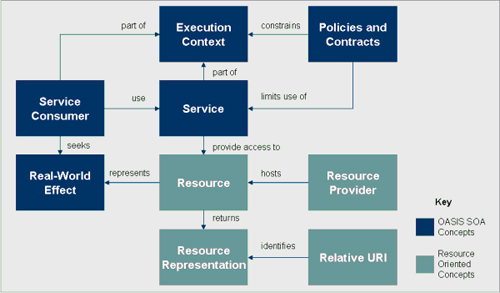After 3 decades of Total Quality Management, Process Reengineering, Lean, Six Sigma and now Business Process Management, it is mind boggling to observe that only a few companies have an excellent process Governance in place and consistently manage their processes.
It is certainly valid to ask ourselves why we are not doing better and what can we do to remediate to the situation. The literature from the ABPMP BPM CBOKTM to the different Gartner reports and our understanding of process ownership and governance has certainly improved tremendously over the last 5 years and yet we still count only a few companies that manage by process year after year.
After pondering the question for a while here are a few thoughts on the question and some suggestions on how to approach Governance and Ownership in a way that can lead to better results and a sustainable process culture.























